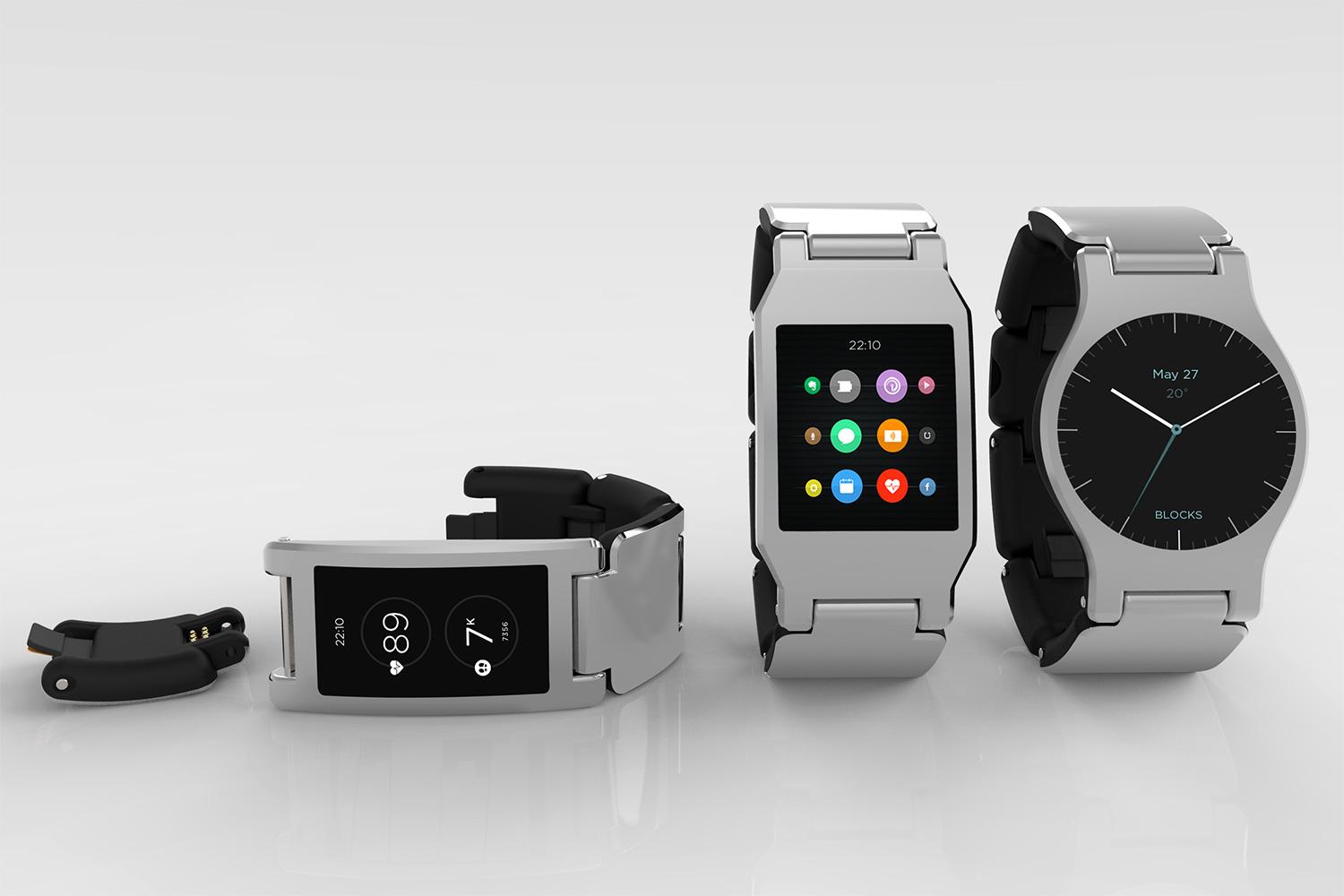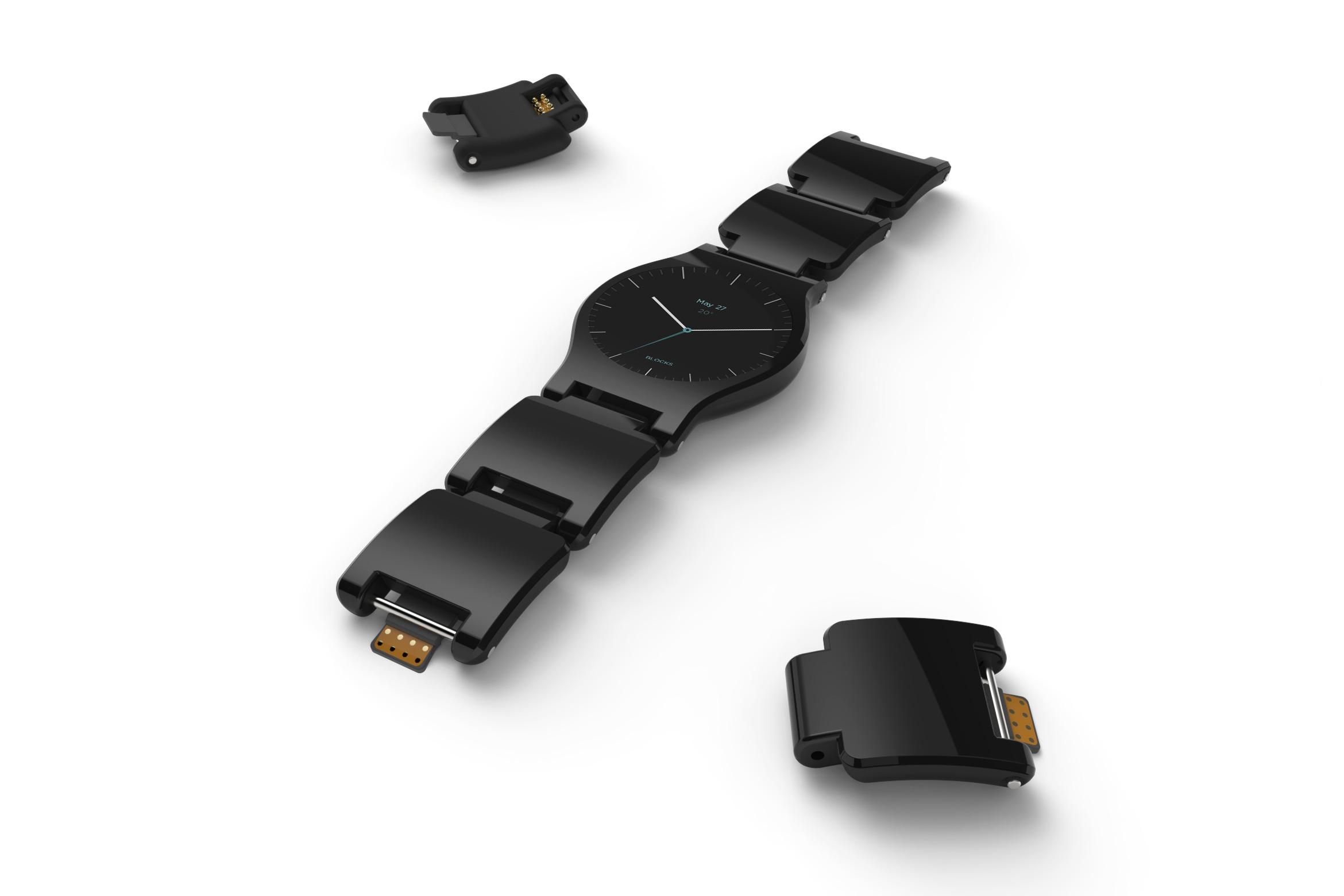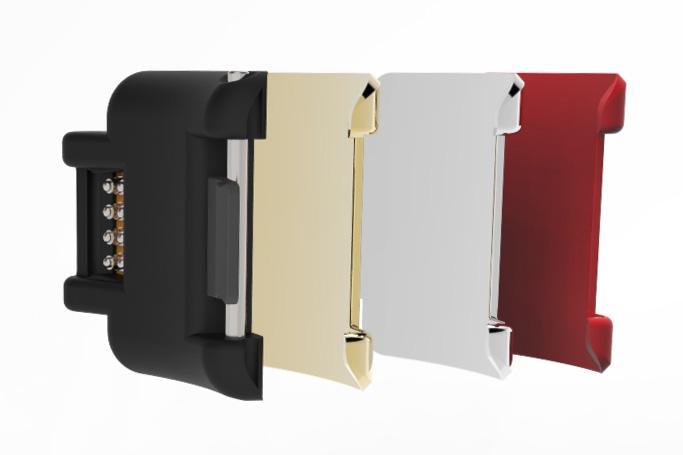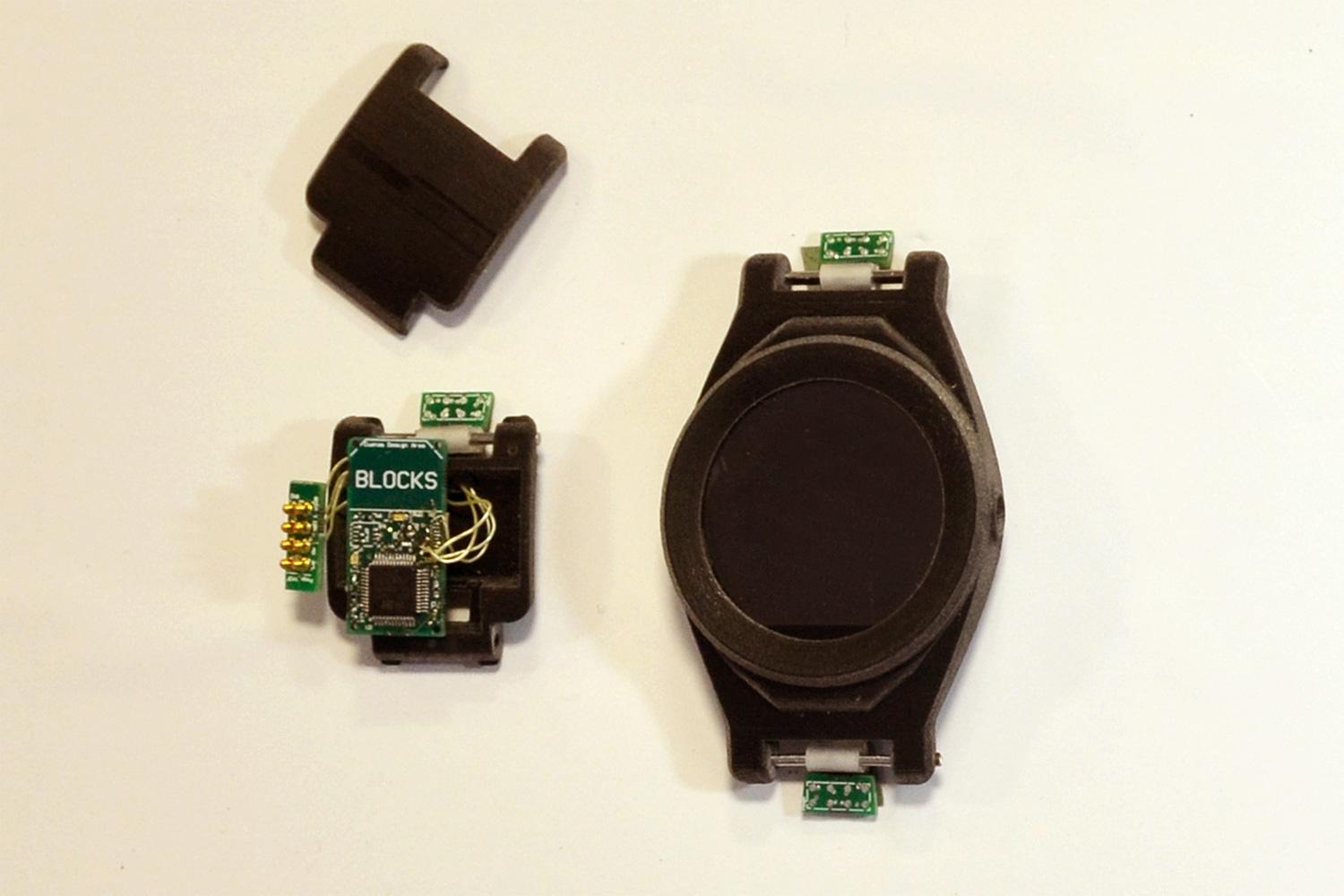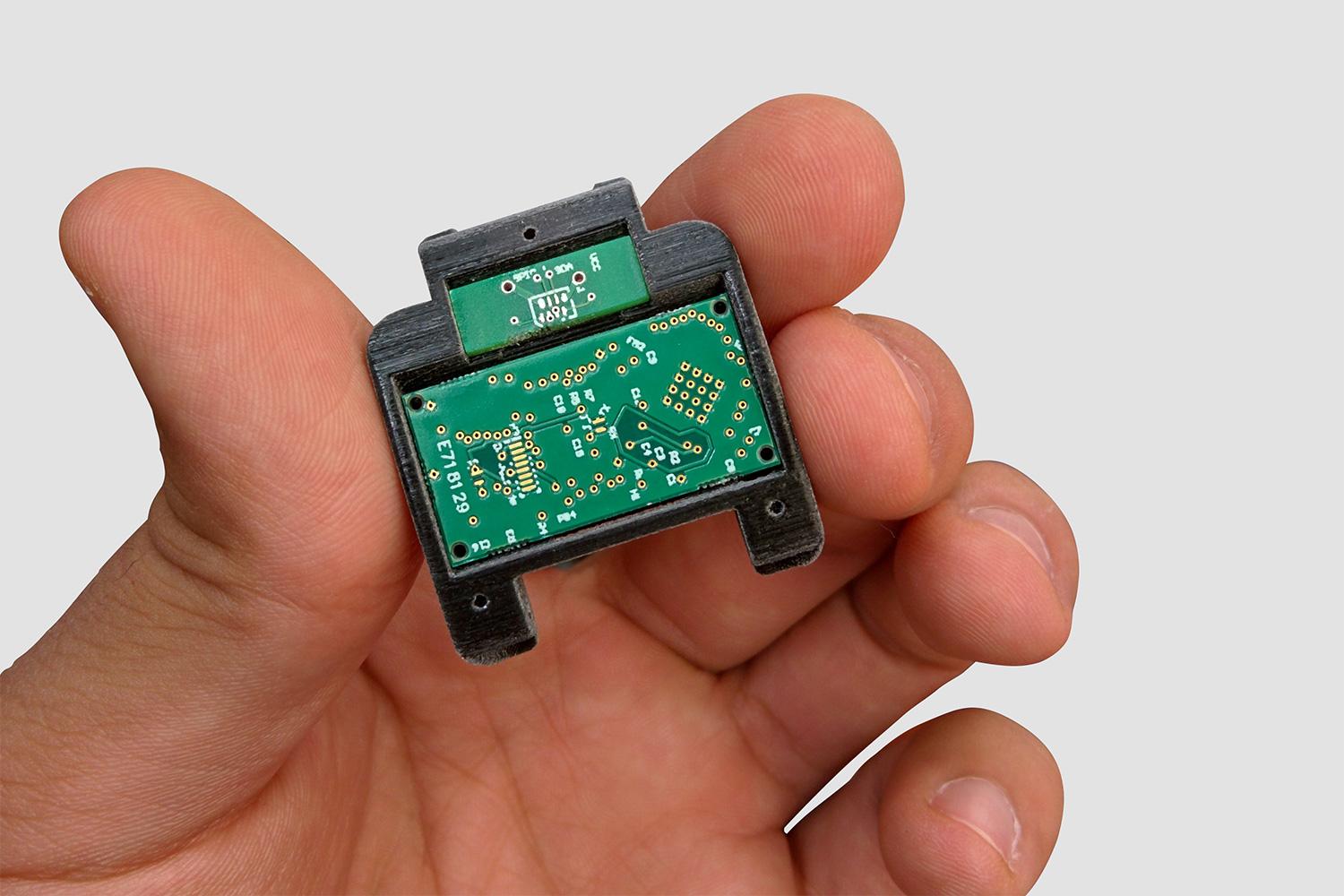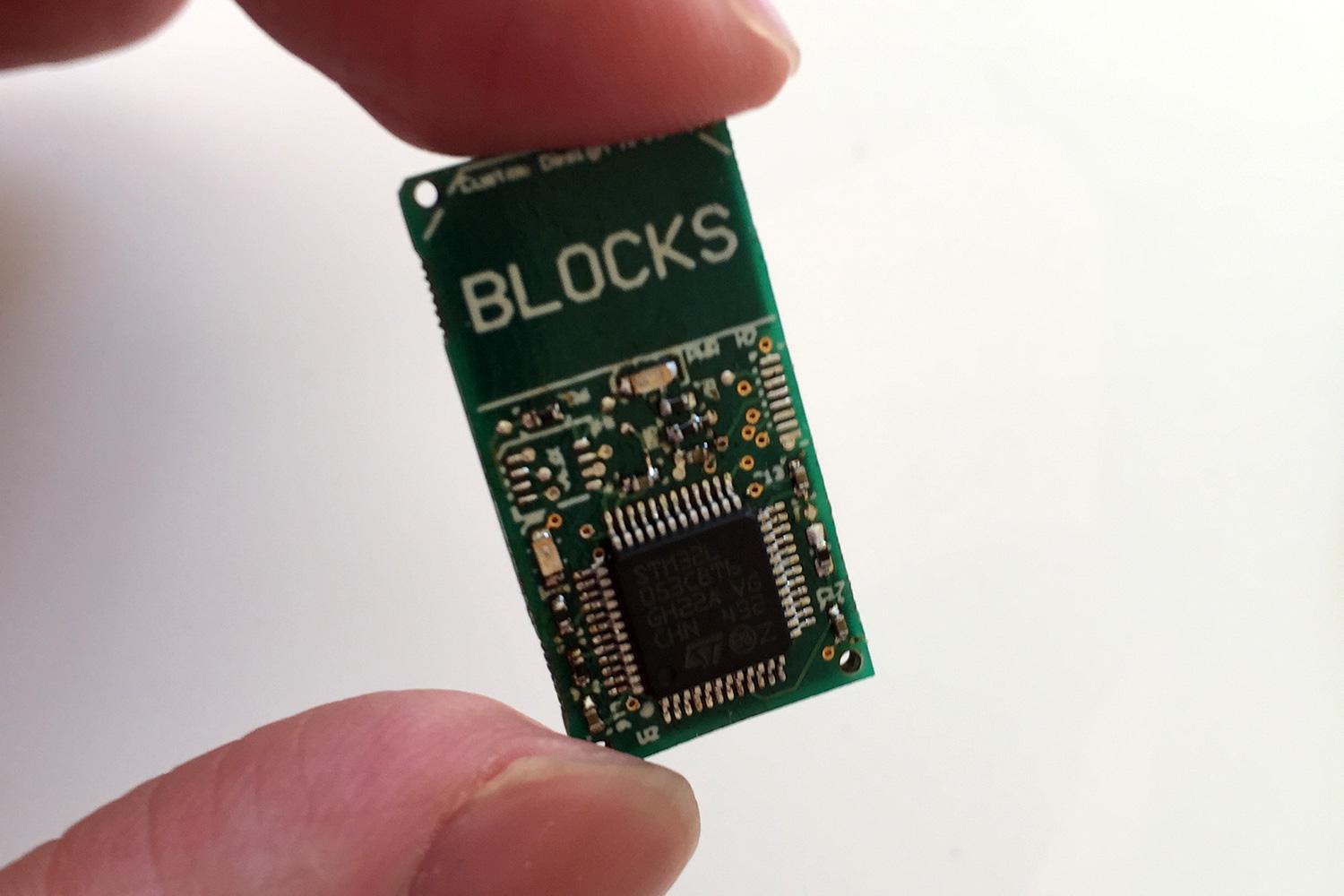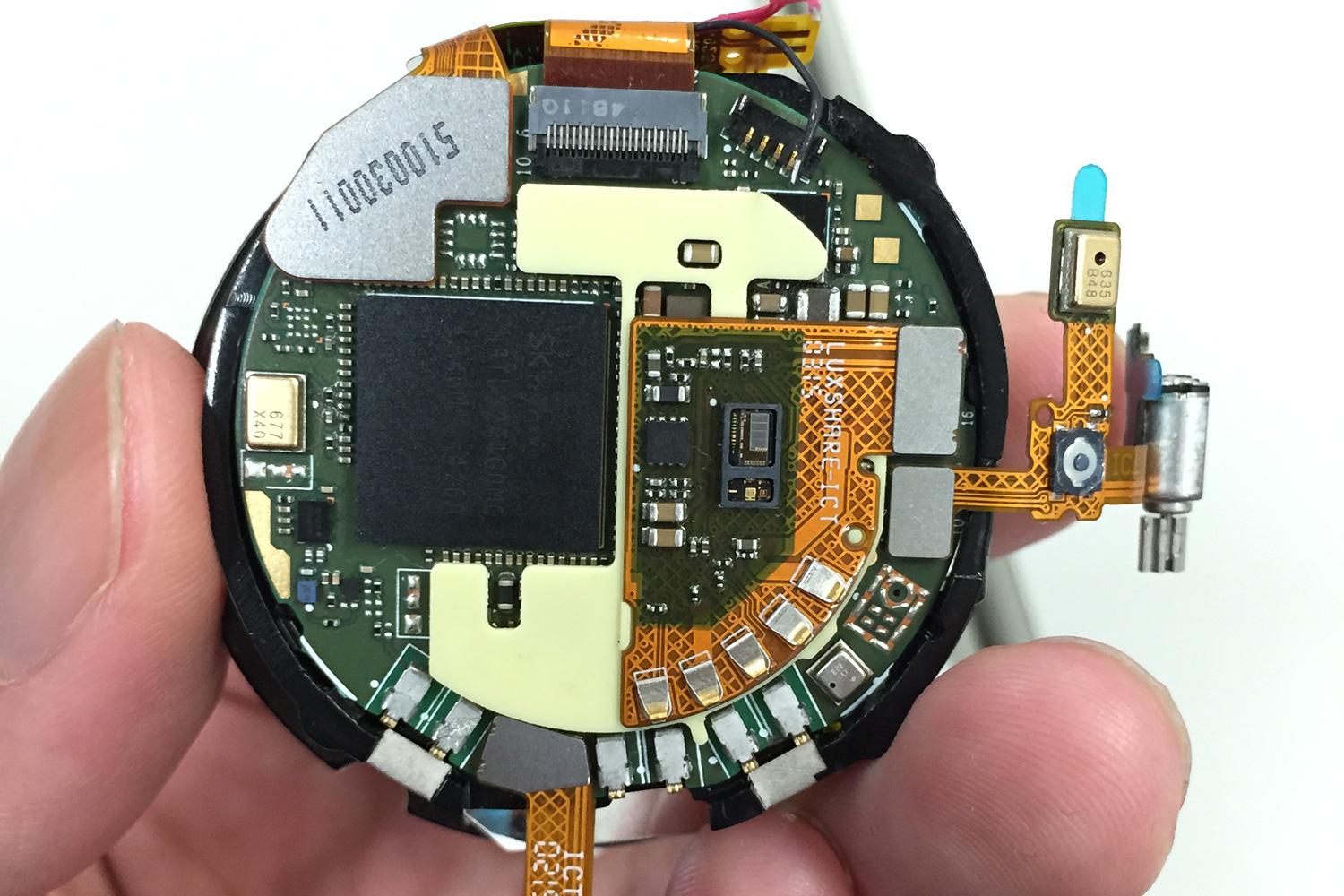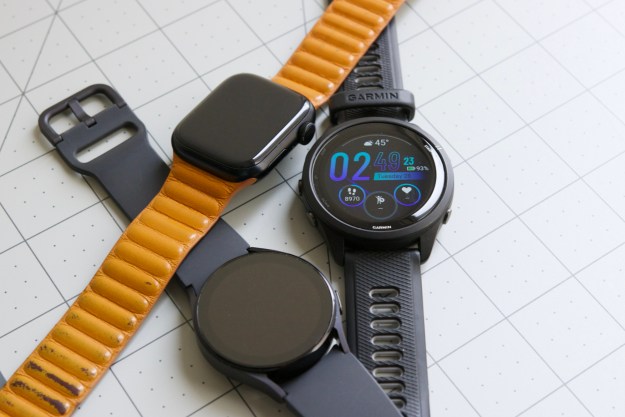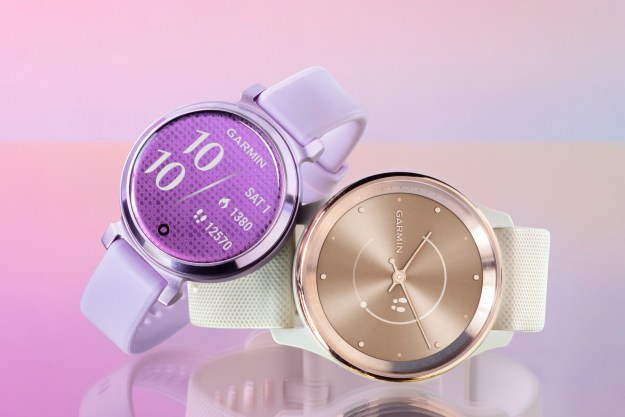Modular devices pose unique problems to the companies that make them, but Blocks, the modular smartwatch due to launch in the next few months, has come up with an ingenious solution to two of the problems it faced when designing its unusual device. The first is how to address the issue of battery life, and the other is how modules will connect together.
While modules will eventually offer us the chance to customize the device in many different ways, they also put extra strain on the battery in order to operate. The Blocks smartwatch will house a relatively standard 450mAh capacity battery, that will provide a standby time of about two days — just like most smartwatches. The trouble is, modules with heart rate sensors, GPS, and wireless payment tech could halve the battery life if used often.
The idea is not to wake up the sleeping Snapdragon until its absolutely necessary
The Snapdragon 400 processor is forced to drive the features, but such power is usually not necessary for these relatively basic functions. To get around this, the Blocks team has developed a dedicated circuit board for use in each module. The circuit board comes with its own tiny ARM Cortex M0 processor, that’s ready to take care of these basic tasks. The idea is to not wake up the sleeping Snapdragon until it’s absolutely necessary, thus keeping power consumption to the minimum.
What will this mean for battery life? According to Blocks co-founders Omer El Fakir and Serge Didenko, it’ll mean the watch retains that two-day battery life, even when using the extra functionality provided by the modules. It’s a similar concept to the way many octa-core processors hand-off easier tasks to the slower chips, to give the same result.
While we may hope for an extra two-days on top, the battery can only give what it’s got, and to extend functionality without impacting battery life is a big deal, particular in wearables. Except that’s not quite all. Because Blocks is modular, extra battery modules can be added, and they really do increase the standby time, although they won’t be absolutely essential to making the watch work on an acceptable level.
Captive pin locks inspired by gunmakers
Each Blocks module will use a flexible circuit to link them together. While Google is using an electromagnetic connection to secure its modules to the Project Ara smartphone, Blocks is going in another direction, and it’s one that was influenced by an unusual source. Apparently, one of the designers is fascinated by guns (not in a scary way, I was assured), and Blocks will adopt a captive pin system to keep the individual strap modules held together.
On the final product, pressing a soft-touch button on each module will cause a pin to slide out, unlocking the component. The pin is safely held inside the module by a spring system, which not only keeps it from falling out and getting lost, but also makes sure the module can’t accidentally disconnect. Gun manufacturers use a very similar system to help soldiers dismantle and clean weapons in the field, ensuring a fast action, and that key components won’t get lost.
The Blocks smartwatch has been talked about for a while, and while the team initially worked with Intel and based the first designs on the Edison system, it has since parted ways and joined forces with Qualcomm. Now, having solved its power and connection challenges, Blocks is almost ready for sale, and we should look out for it on a crowdfunding website in the very near future.
Editors' Recommendations
- I wore a smartwatch that’s unlike any you’ve seen before
- OnePlus told us the secrets behind its one-of-a-kind smartwatch
- This $2,350 smartwatch has one of the funkiest designs I’ve ever seen
- One of the biggest smartwatch makers just gave up on Wear OS
- An unknown company has a plan to change smartwatches forever

